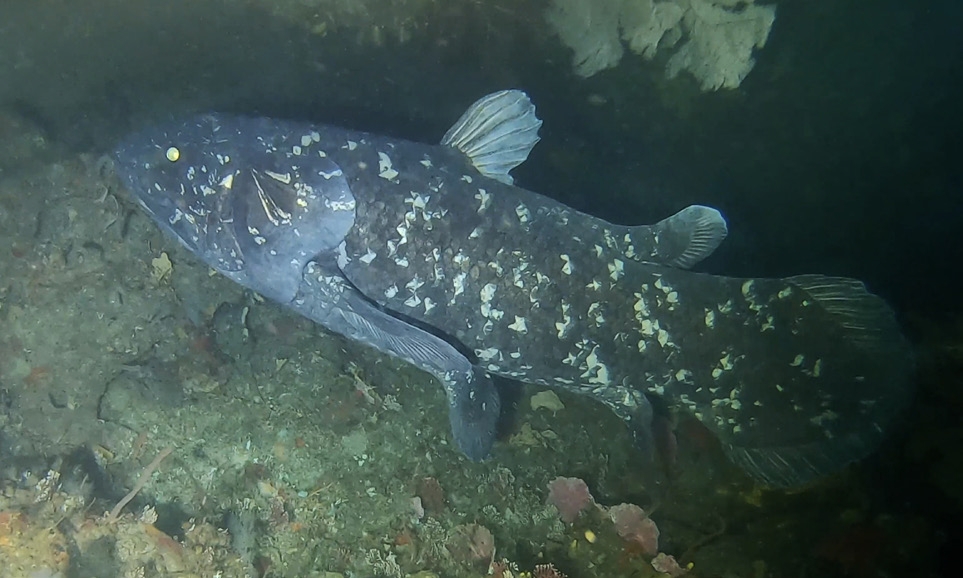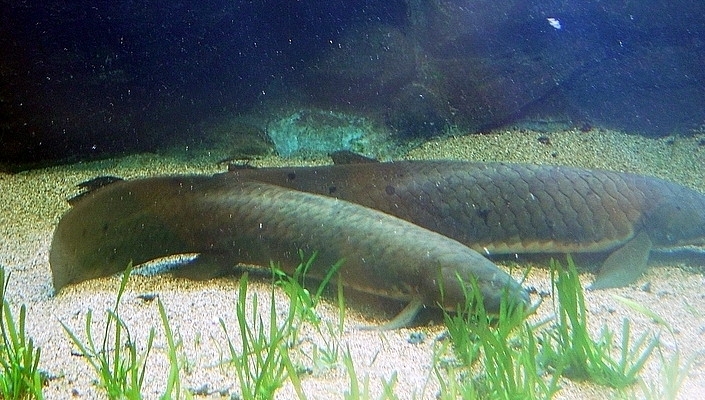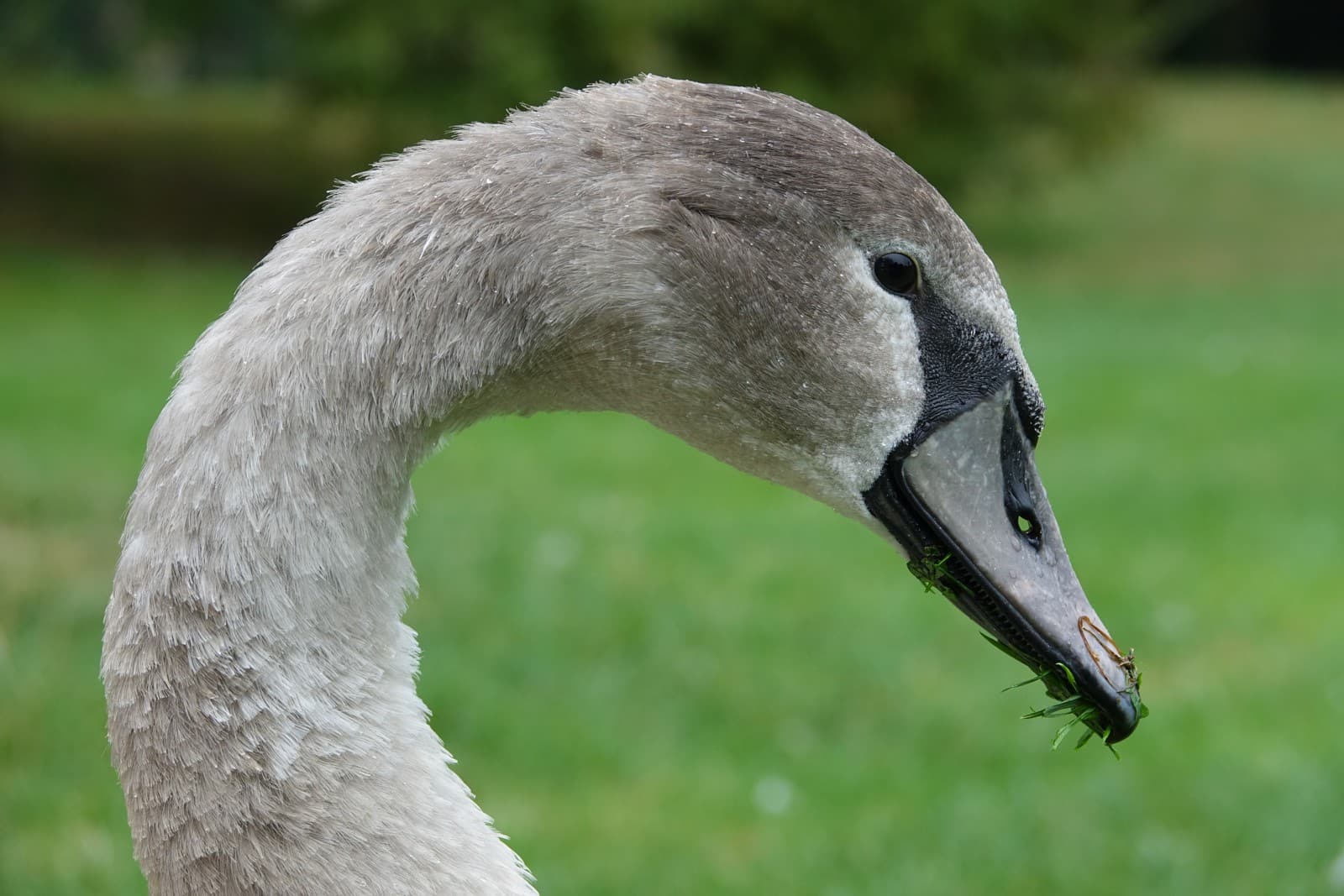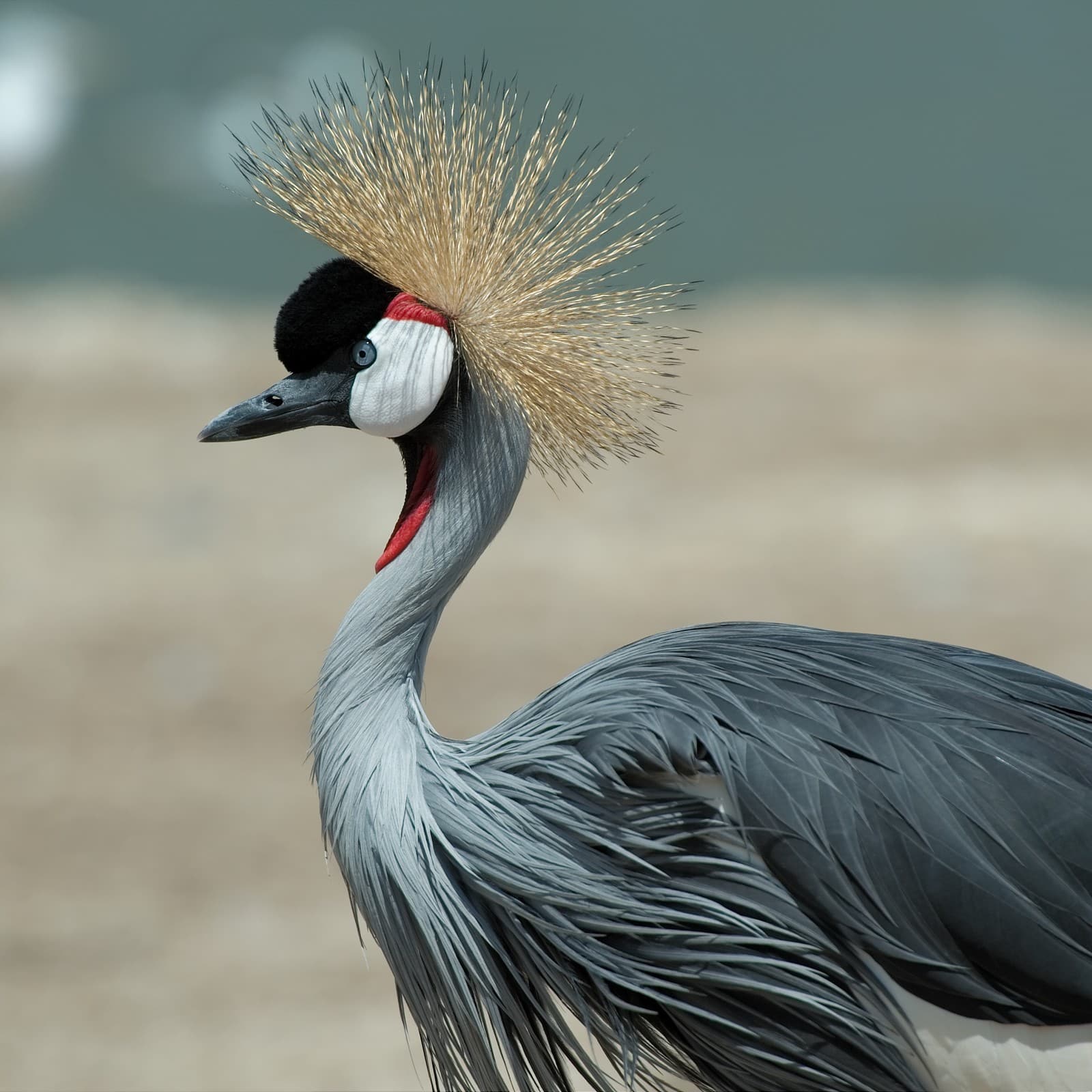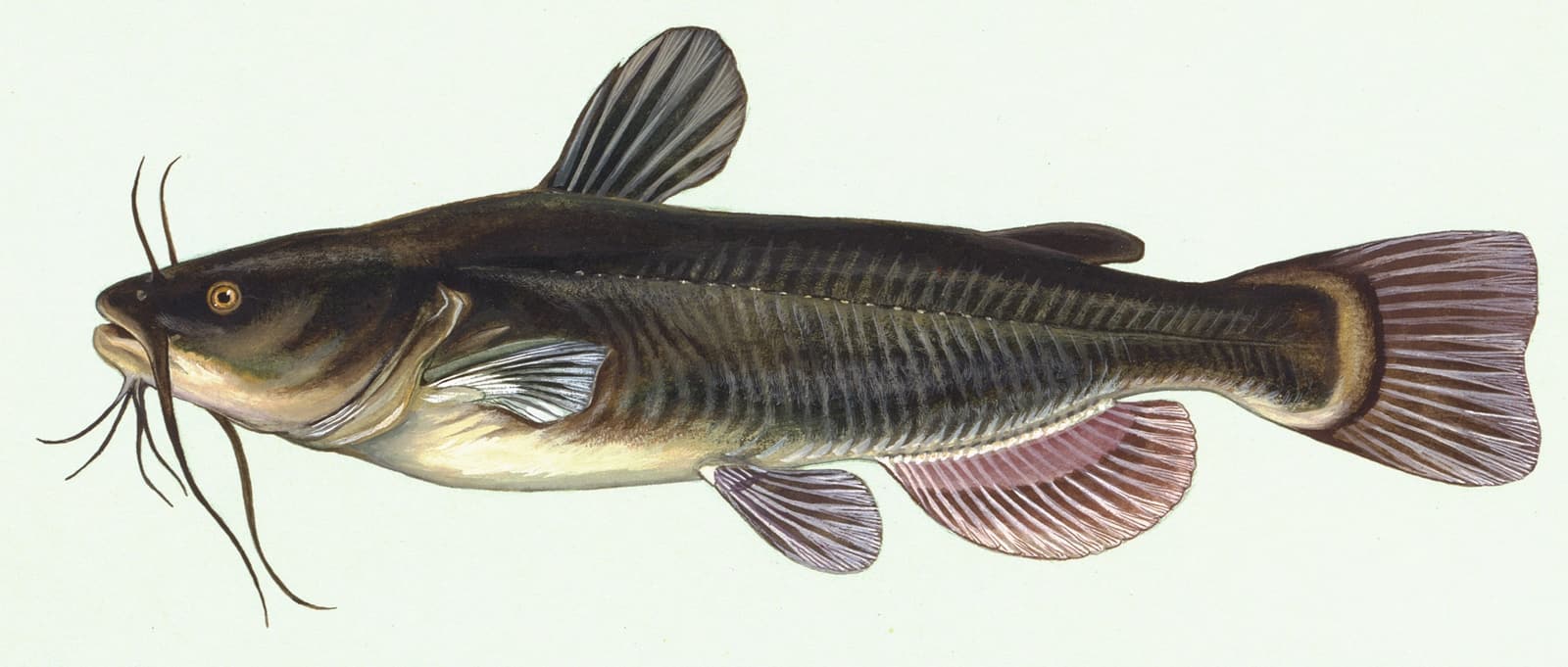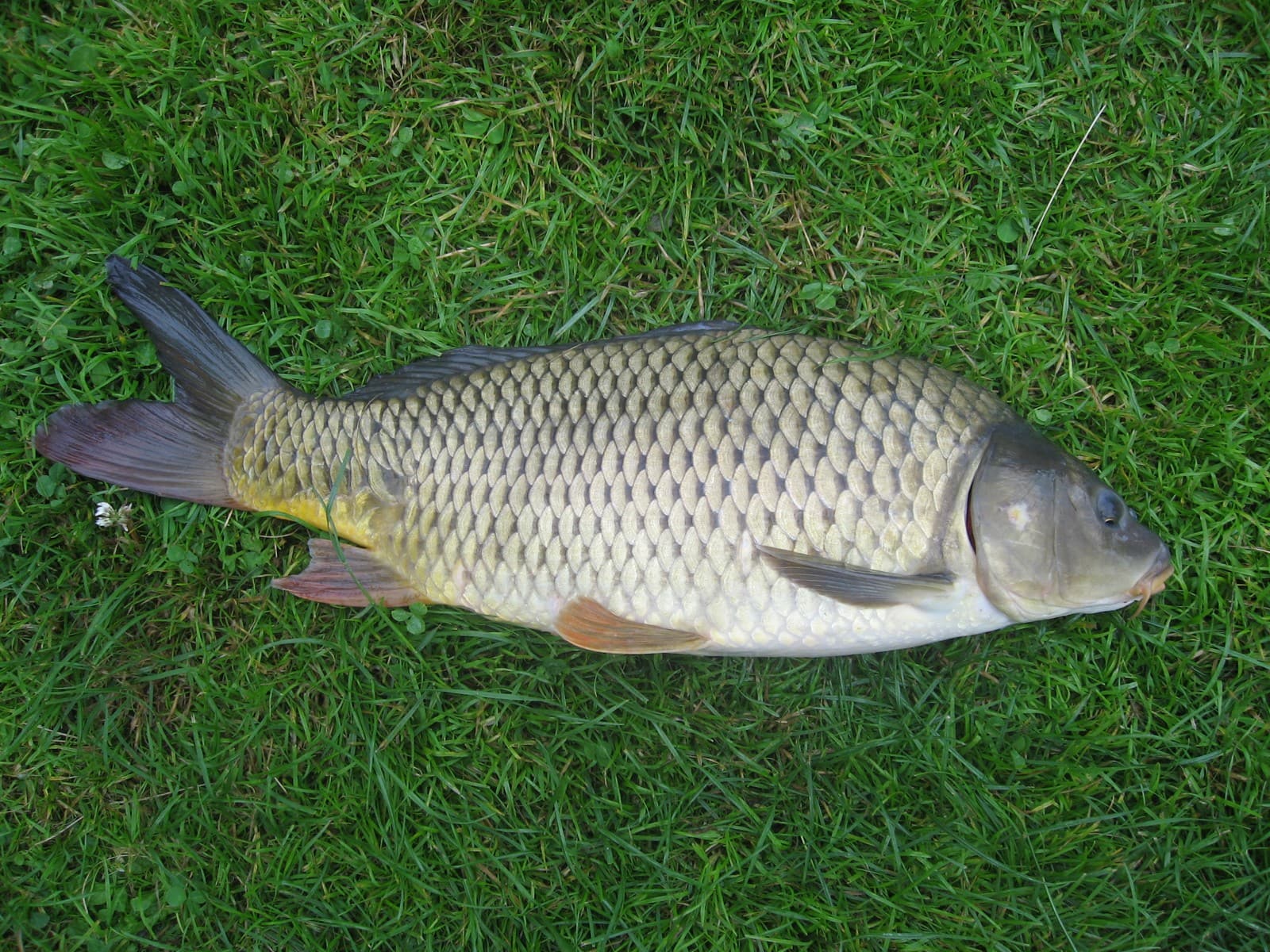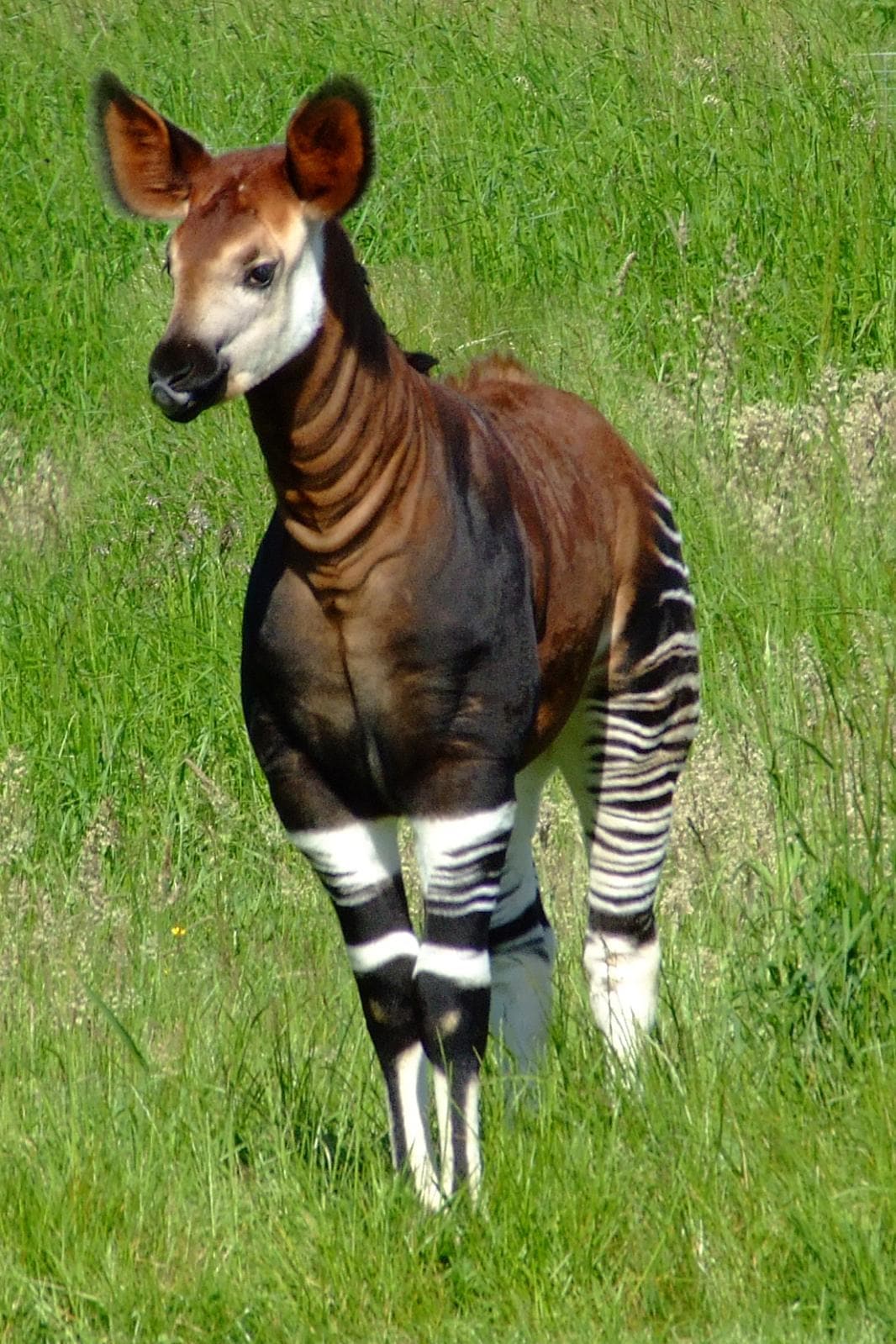Plover vs Sandpiper: A Complete Comparison
When comparing Plover vs Sandpiper shorebirds, the most distinctive difference lies in their feeding behavior and bill structure. Plovers typically have shorter, stouter bills (15-25mm) and use a distinctive “run-stop-peck” feeding method, while Sandpipers possess longer, more slender bills (20-40mm) and often probe continuously in water or mud for food.
These two shorebird families, while similar at first glance, have evolved different strategies for coastal survival. Plovers (Charadriidae) generally have larger eyes and rounder heads, adapted for visual hunting, whereas Sandpipers (Scolopacidae) rely more on touch-sensitive bill tips to locate prey beneath the surface.
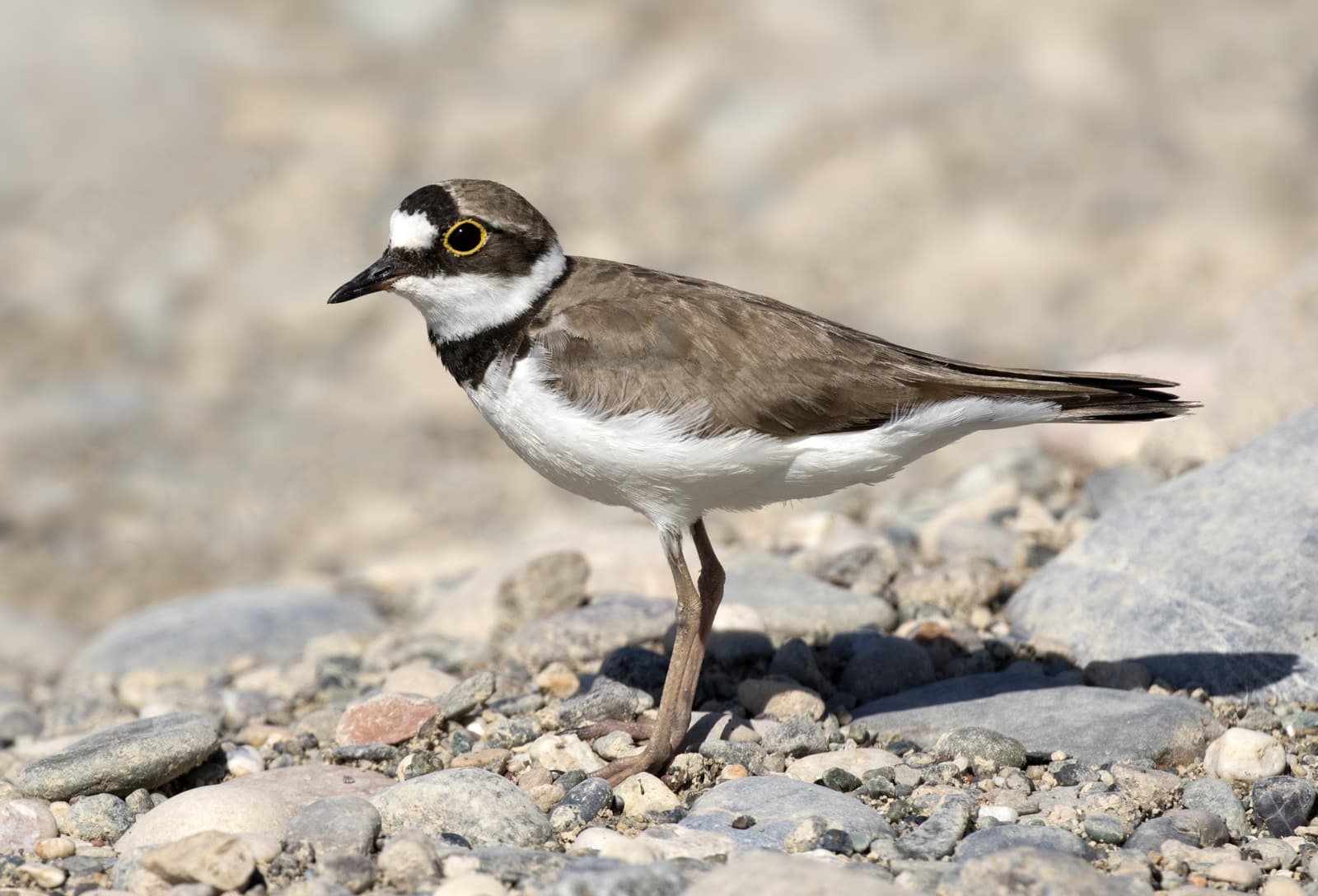
© Zeynel Cebeci / CC BY-SA 4.0
The Little Ringed Plover exemplifies classic plover characteristics with its short bill, large eyes, and distinctive stop-and-run feeding behavior. Note the rounded head shape and stockier build typical of the Charadriidae family.
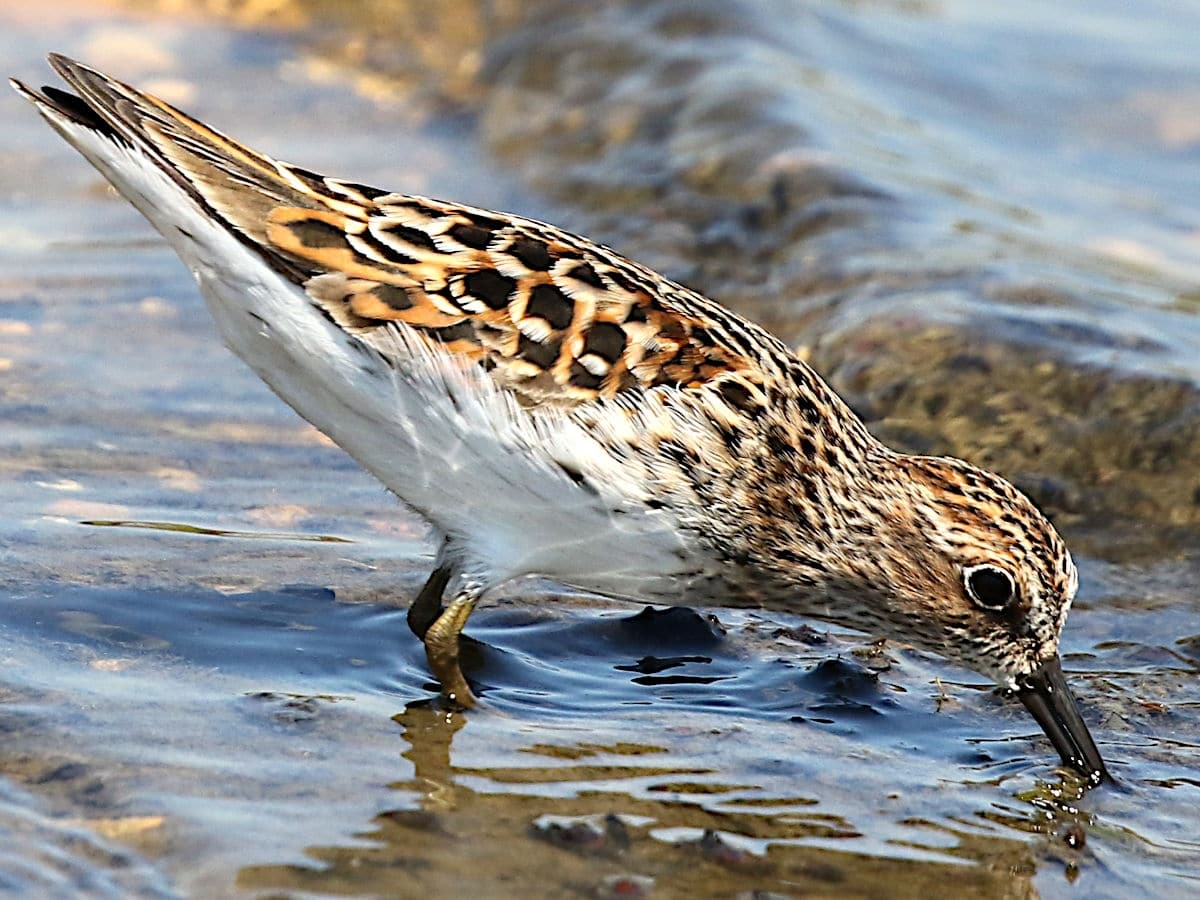
© Peterwchen / CC BY-SA 4.0
The Western Sandpiper demonstrates the characteristic long, probing bill and feeding posture of sandpipers. Observe how it actively probes the water, utilizing its specialized bill to detect prey through touch.
Key Differences Between Plovers and Sandpipers
| Feature | Plover | Sandpiper |
|---|---|---|
| Bill Length | Short (15-25mm) | Medium to Long (20-40mm) |
| Feeding Style | Run-stop-peck | Continuous probing |
| Head Shape | Round with large eyes | More streamlined |
| Body Size | 15-30cm (6-12in) | 13-66cm (5-26in) |
| Habitat Preference | Open shores, fields | Varied wetlands |
| Flight Pattern | Direct with quick wingbeats | Swift with aerial displays |
Feeding Behavior and Habitat
Plovers and Sandpipers have evolved distinct feeding strategies that reflect their environmental adaptations. Plovers primarily use visual hunting, watching for movement before making precise strikes at surface prey. Their larger eyes and shorter bills are perfectly suited for this hunting style.
Sandpipers, conversely, possess specialized nerve endings in their bill tips, allowing them to detect prey through touch. This adaptation enables them to feed successfully in mudflats and shallow water, often probing continuously for small invertebrates.
Physical Characteristics and Identification
Bill Structure
The bill shape provides the most reliable way to distinguish between Plovers and Sandpipers. Plover bills are typically shorter and more robust, resembling a pigeon’s beak. Sandpiper bills show greater variety in length but are generally longer and more needle-like.
Body Shape
- Plovers: More compact with larger heads
- Sandpipers: Generally sleeker with proportionally smaller heads
- Wing shape: Both have pointed wings, but Sandpipers often show more variation in wing patterns
Breeding and Migration Patterns
Both groups undertake remarkable migrations, but their breeding strategies differ significantly:
Plovers
- Often nest in simple scrapes on open ground
- Usually lay 3-4 eggs
- Both parents typically share incubation duties
- Young are precocial, leaving nest within hours
Sandpipers
- Build more concealed nests in vegetation
- Clutch sizes vary from 2-6 eggs
- Parental care systems vary widely between species
- Young develop slightly more slowly than plovers
Conservation Status and Threats
Both Plovers and Sandpipers face similar conservation challenges:
- Habitat loss due to coastal development
- Climate change impacts on breeding grounds
- Disturbance at stopover sites during migration
- Pollution affecting food sources
Conservation efforts focus on protecting critical habitat areas and maintaining healthy wetland ecosystems that both groups depend upon for survival.
Which Is More Common?
Sandpipers generally show greater species diversity, with over 85 species worldwide compared to roughly 40 plover species. However, local abundance varies significantly by region and season. Many birders find plovers easier to spot due to their more visible feeding behavior and tendency to inhabit open areas.
Understanding these differences not only aids in identification but also highlights the remarkable adaptations that allow these shorebirds to coexist while utilizing different ecological niches within the same habitat.
